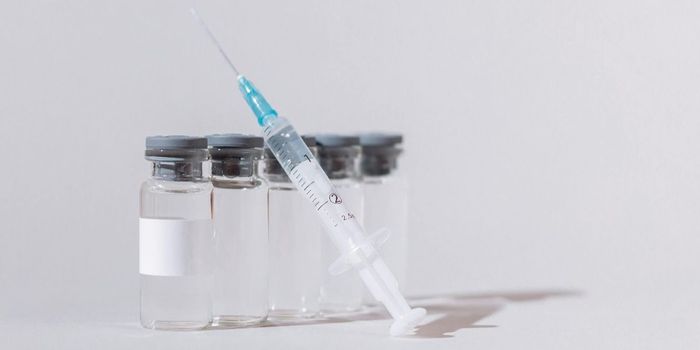Anal cancer rates increase twofold
Anal cancer has been on the rise in the United States, and while it may not garner as much attention as other cancers, mortality rates for anal cancer have grown twofold in recent years. This is according to new research published in the Journal of the National Cancer Institute from the University of Texas Health Science Center at Houston.
One of the biggest risk factors for developing anal cancer is being exposed to a virus called human papillomavirus (HPV). You may have learned about HPV in sex-ed class, because in fact it one of the most common sexually transmitted infections out there. The Centers for Disease Control and Prevention (CDC) estimates that HPV "is so common that nearly all sexually active men and women get the virus at some point in their lives."
However, fewer people ever learned about the risks that HPV pose – mainly, cervical cancer, penile cancer, oral cancer, and anal cancer. According to one study, more than 80% of male and 75% of female adults from ages 18-26 lack awareness about the risks that HPV carries. Not accounting for age, 70% of all adults also lack awareness. "It is concerning that over 75% of U.S. adults do not know that HPV causes this preventable cancer. Educational campaigns are needed to increase awareness about the rising rates of anal cancer and importance of immunization," says lead author of the most recent study, Ashish Deshmukh, Ph.D.
In conducting their research, Deshmukh and fellow colleagues used data from the US Cancer Statistics dataset to analyze national trends in U.S. incidence rates and mortality rates for HPV-caused squamous cell carcinoma of the anus over 15 years. They found 68,809 cases of anal cancer and 12,111 deaths related to it, accounting for a 3.1% rise in mortality rates per year and a 3% rise in incidence rates annually.
Additionally, individuals in certain groups are being hit particularly hard by the disease. Those adults ages 60-69 saw mortality rates that more than doubled while black male millennials saw an increased risk five times that of older individuals within the same group.
"Given the historical perception that anal cancer is rare, it is often neglected," says Deshmukh. "Our findings of the dramatic rise in incidence among black millennials and white [females], rising rates of distant-stage disease, and increases in anal cancer mortality rates are very concerning."
Concerning, yet enlightening, and hopefully motivating. The researchers say this knowledge can be used to improve screening processes, particularly for groups who are shown to be at high-risk for developing anal cancer.
Sources: JAMA Pediatrics, Journal of the National Cancer Institute, Medical News Today









